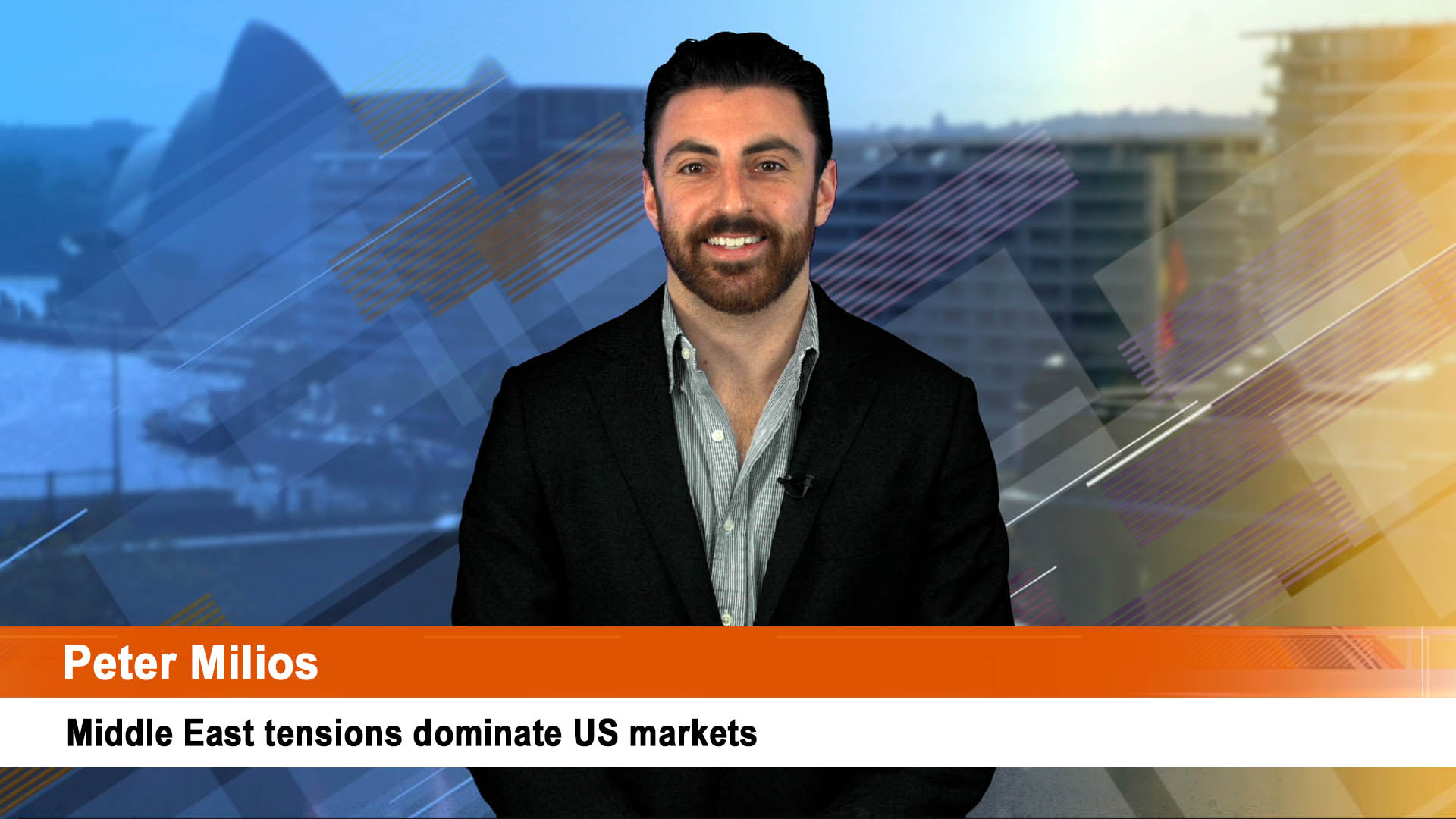A mixed March quarter production report from Fortescue Metals with high production guidance for the year but higher costs and a further delay for the Iron Bridge magnetite mining project .
The shares rose 8% to close at $21.73 as analysts ran their slide rules across the numbers and liked the computations. They did ignore the cost overrun on the Iron Bridge project.
For the three months to March 31, Fortescue reported a 10% year on year increase in shipments to 46.5 million tonnes from 42.3 million tonnes a year earlier. This means that shipments for the first nine months of 2020-22 have now reached a record high of 139.5 million tonnes
As a result, Fortescue now expects to ship 185 to 188 million tonnes of iron ore in the 12 months to June, up from previous guidance of 180 to 185 million tonnes.
The rise in shipments growth comes at a time of higher prices, with Fortescue commanding an average of $US99.52 per dry metric tonne during the quarter. This represents a revenue realisation of 70% of the Platts 62% CFR iron ore pricing Index, which is up from 68% during the second quarter.
That was down 30% from the March quarter, 2021 average revenue of $US143 a dry metric tonne with revenue realisation of 86% realisation of the Platts 62% Fe index in the first quarter of 2021.
The company said its C1 production costs rose 3% from the December quarter to $US$15.78 a wet metric tonne which was also up from the $US14.9 a tonne in the same quarter of 2021.
This was driven largely by inflation across key inputs such as energy, labour and material like concrete and steel.
As a result, Fortescue now sees C1 costs rising from US$15.00 to $15.50/wet metric tonne to US$15.75 to US$16.00/wmt in the year to June, 2022.
CEO Elizabeth Gaines was upbeat at the operational performance, saying in the ASX statement that the company’s “excellent operating performance continues to drive strong results, with shipments of 46.5mt in the third quarter contributing to record shipments in the nine months to 31 March 2022.”
“This strong performance is underpinned by the successful delivery and ramp up of the Eliwana project, and execution of our integrated operations and marketing strategy, resulting in the upgrade to FY22 shipment guidance to 185 – 188mt.”
“Against the backdrop of a record performance in our iron ore business and our focus on decarbonisation and green energy, Fortescue is well placed to finish the financial year strongly, as we continue to meet demand from our customers and deliver on our strategic priorities,” she added.
But there was a big negative in the report – the increasingly costly Iron Bridge magnetite project in the Pilbara where there’s another rise. This time it is estimated to now cost an additional $US300 million ($421 million) and first production could be as late as March 2023.
A review in February 2021 after several senior executives departed the company over the cost and construction problems saw the estimated cost rising from $US2.6 to $US3 billion. A further review saw the cost raised to $US3.3 to $US3.5 billion. The new estimate is $US3.6 to $US3.8 billion.
That’s a cost blowout of close to 40% from the original estimate, at best.
Fortescue blamed labour shortages (in part caused by Covid) for the latest rise in the cost of the plant to upgrade the magnetite to high quality iron feedstock.
Other factors were ongoing supply chain issues, higher installation and construction costs, as well as escalation in logistics and shipping costs exacerbated by lockdowns in China.
Fortescue is liable for 69% of the cost of Ironbridge with its joint venture partner Formosa Steel picking up the rest.
First production from Ironbridge has slipped from December this year to the March quarter of 2023.












